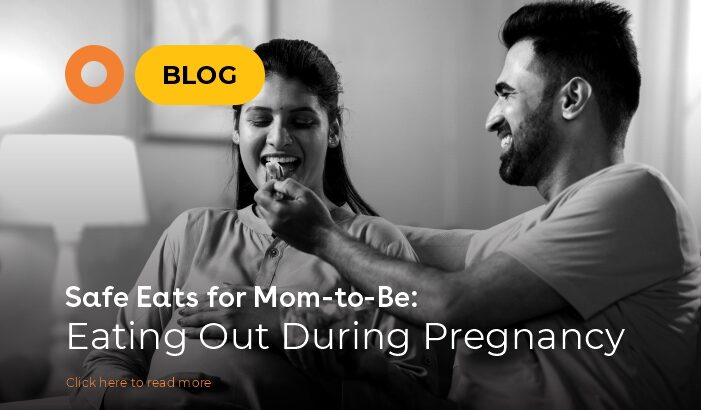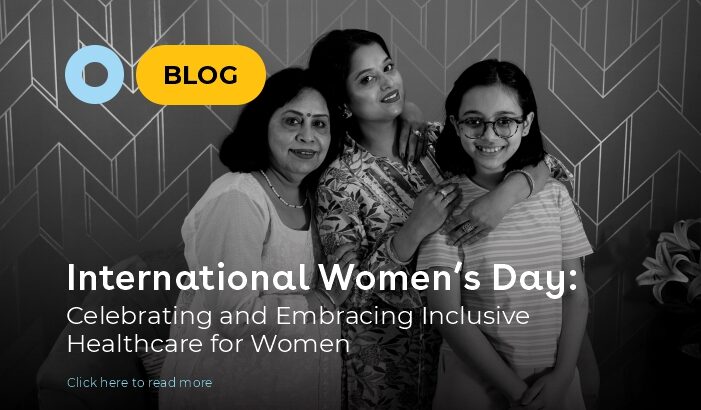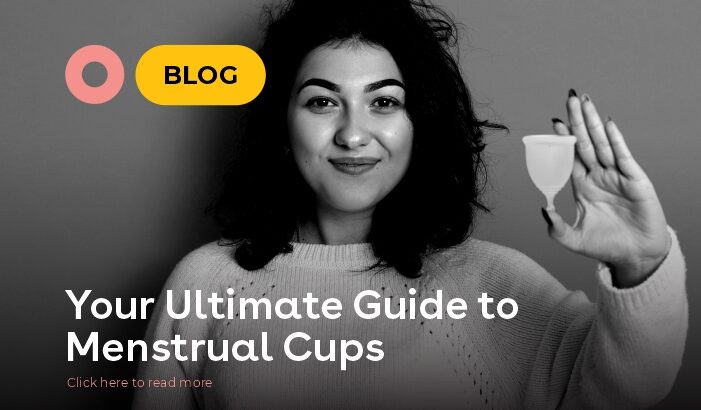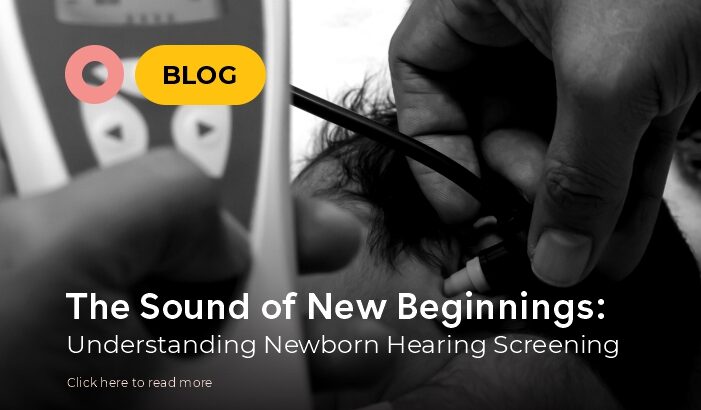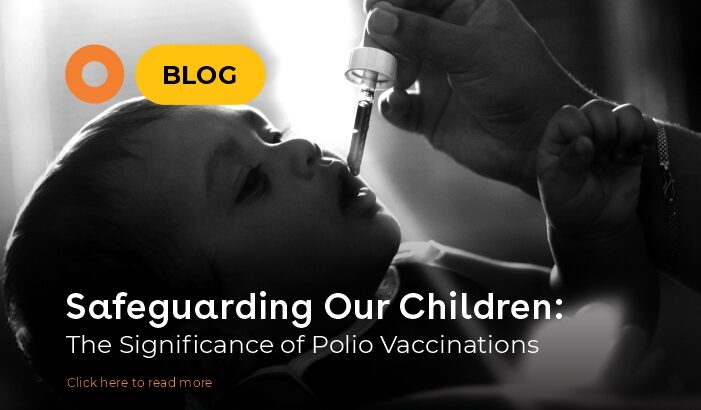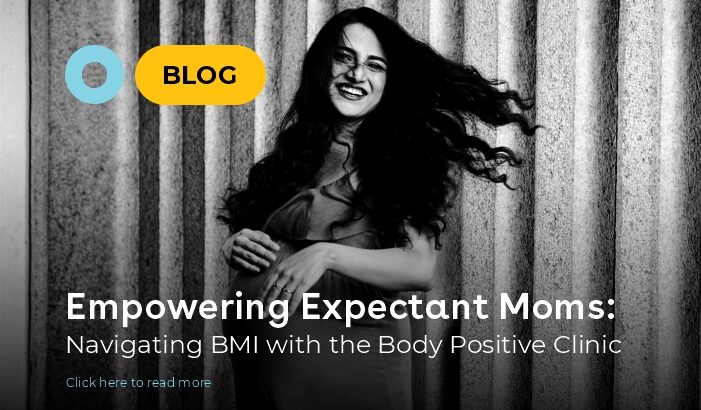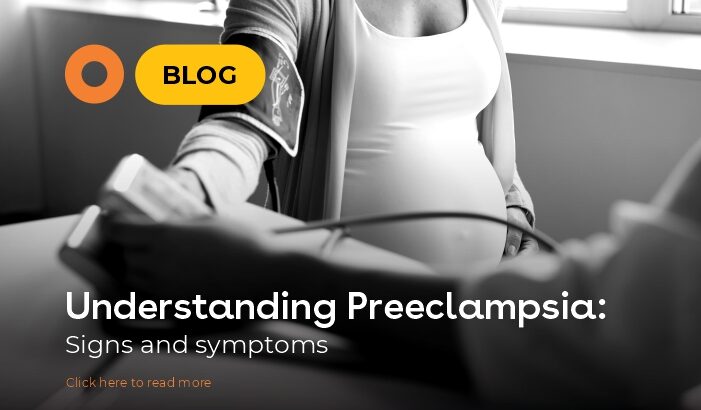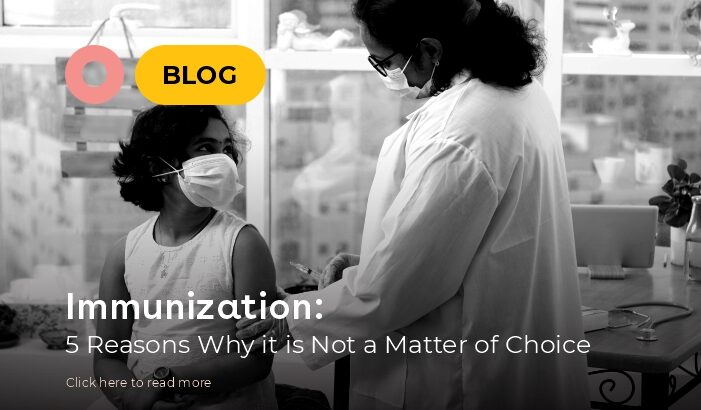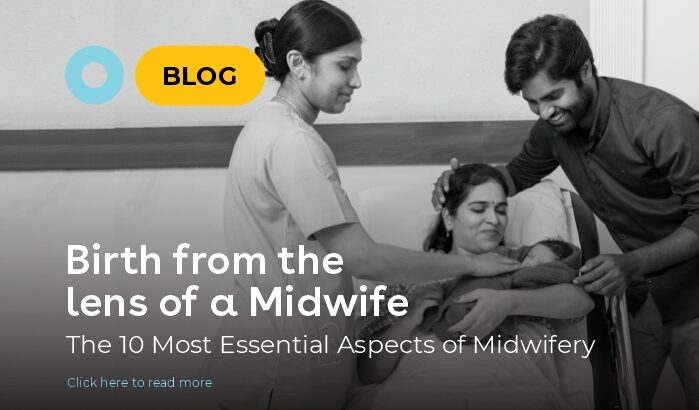
Balancing and Navigating Thyroid Imbalance During Pregnancy
Pregnancy is a challenging time for women that causes significant changes in their bodies. Among the many changes is the fluctuation in hormone levels. The thyroid is a butterfly-shaped gland located at the base of the neck that produces thyroid-stimulating hormone (TSH). Thyroid hormones control how your body uses energy, affecting how nearly every organ […]

